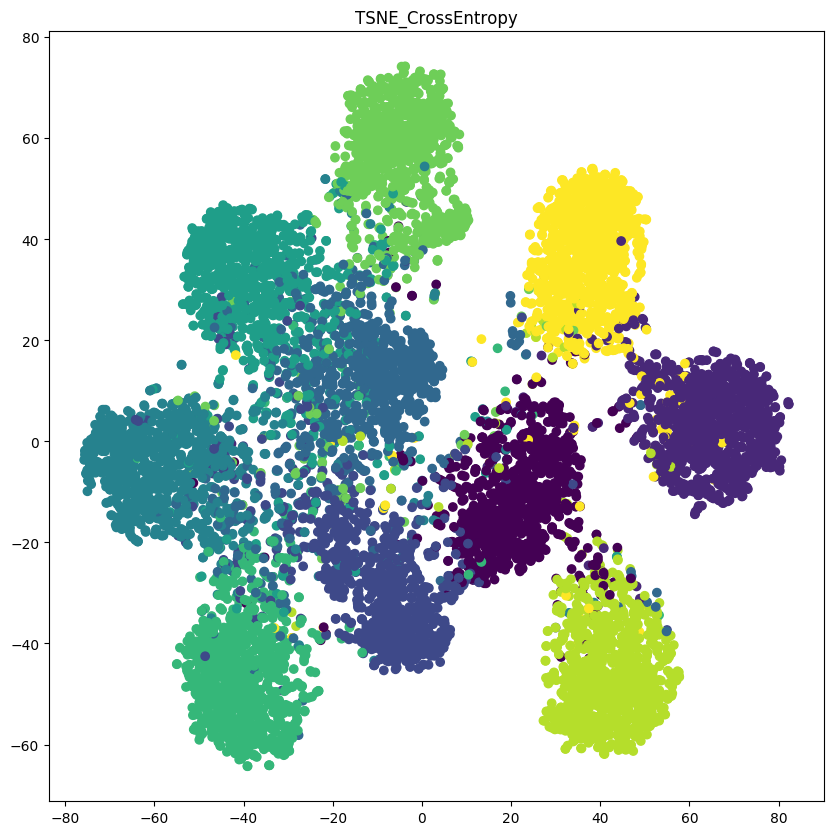When Does Label Smoothing Help?
The generalization and learning speed of a multi-class neural network can often be significantly improved by using soft targets that are a weighted average of the hard targets and the uniform distribution over labels. Smoothing the labels in this way prevents the network from becoming over-confident and label smoothing has been used in many state-of-the-art models, including image classification, language translation and speech recognition. Despite its widespread use, label smoothing is still poorly understood. Here we show empirically that in addition to improving generalization, label smoothing improves model calibration which can significantly improve beam-search. However, we also observe that if a teacher network is trained with label smoothing, knowledge distillation into a student network is much less effective. To explain these observations, we visualize how label smoothing changes the representations learned by the penultimate layer of the network. We show that label smoothing encourages the representations of training examples from the same class to group in tight clusters. This results in loss of information in the logits about resemblances between instances of different classes, which is necessary for distillation, but does not hurt generalization or calibration of the model's predictions.
PDF Abstract NeurIPS 2019 PDF NeurIPS 2019 Abstract



